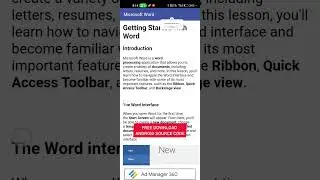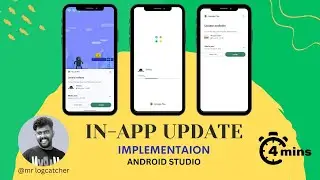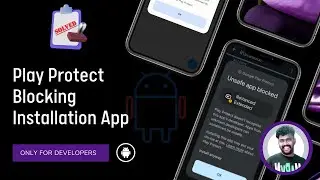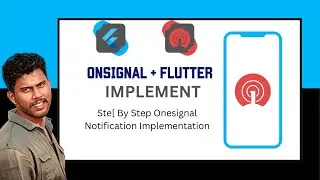ADMOB ADLIMIT SOLUTION |adlimit solution| How to remove admob ads limit problem
AdMob, Google's mobile advertising platform, might impose ad limits for various reasons such as policy compliance, user experience, or specific conditions in your account. If you're encountering ad limits, here are some steps to potentially resolve them:
1. *Review AdMob Policies:* Ensure your ads comply with AdMob policies. Violations can trigger ad limits. Common issues include inappropriate content, click fraud, or misleading practices.
2. *Check Ad Quality:* Low-quality ads or ads that redirect users improperly can trigger ad limits. Ensure your ads are high-quality, relevant, and don't lead to disruptive experiences.
3. *Account Health:* Check for any account issues like overdue payments, policy violations, or unresolved disputes that could be causing the ad limits.
4. *Ad Request Volume:* Sometimes, excessive ad requests or invalid traffic may trigger ad limits. Ensure that your app or site is generating legitimate traffic and requests.
5. *Appeal or Contact Support:* If you believe the ad limit is incorrect or you've rectified any issues, reach out to AdMob support. They can provide specific guidance or lift limits after reviewing your account.
6. *Diversify Ad Types or Sources:* Consider diversifying your ad types or incorporating other ad networks alongside AdMob to mitigate the impact of ad limits.
7. *Update SDKs:* Ensure you're using the latest AdMob SDK version to avoid any issues related to outdated software.
Remember, AdMob's ad limit policies and resolution processes may change over time, so staying updated with their official documentation and guidelines is crucial for resolving any ad limit issues effectively.































